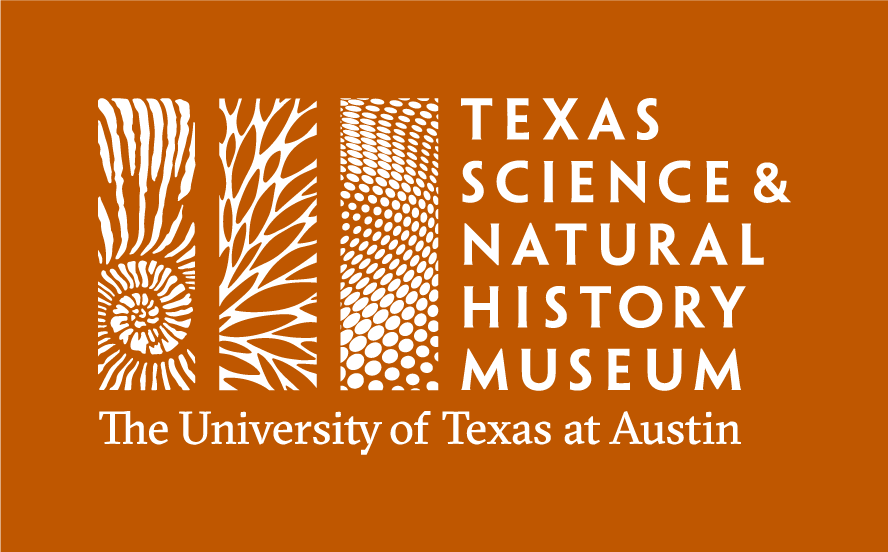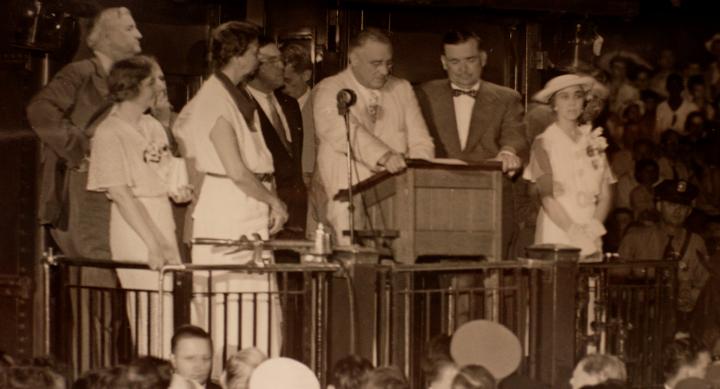
While preparing for the 1936 Texas Centennial Celebrations, politicians and other citizens realized that Texas did not have a state museum. It was not the first time this had been noticed, however. Faculty at The University of Texas at Austin sounded the alarm in the early 1900s as East Coast institutions took research specimens out of Texas because of the lack of collection facilities in Texas.
“If a Texas student or professor of Geology has need to examine a specimen of Dimetrodon, found ONLY in Texas Permian beds, he would have to visit a museum in Chicago, Michigan, or the East,” wrote Professor F.L. Whitney of The University of Texas at Austin in the 1920s.
In the early 1930s, James E. Pearce, The University of Texas at Austin Chair of Anthropology, later named the museum's first director, and A. Garland Adair, department historian for the Texas American Legion, joined forces to establish a state museum. They wanted the museum to contribute to the conservation of the natural and cultural treasures of Texas and also to the educational system of the state. With this joint effort, Texas Memorial Museum (TMM) was born. TMM was, at first, the state natural history museum, but was transferred to The University of Texas at Austin in 1959. Because of the museum's dedicated staff and location on the campus of a state university, it remains committed to being a museum for all of Texas.
After a closure in 2022 for extensive renovations, the museum underwent a re-branding and became Texas Science & Natural History Museum. The museum will reopen to the public in September 2023.
Legacy Leadership
-
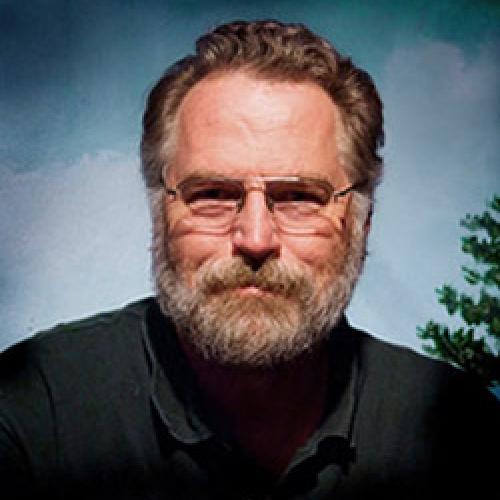
Edward C. Theriot
Museum Leadership: 1997– 2022
-

William G. Reeder
Museum Leadership: 1978–1996
-
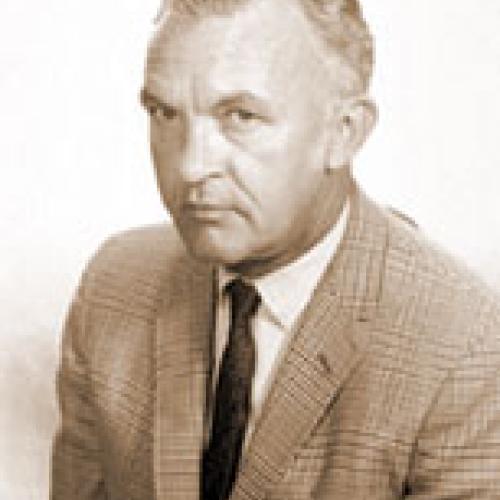
William W. Newcomb, Jr.
Museum Leadership: 1957–1978
-
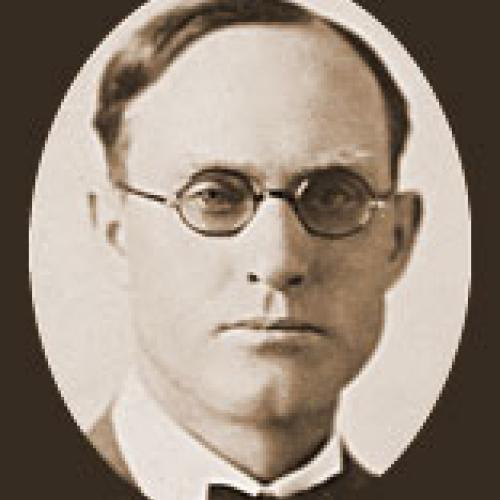
Elias H. Sellards
Museum Leadership: 1938–1957
-
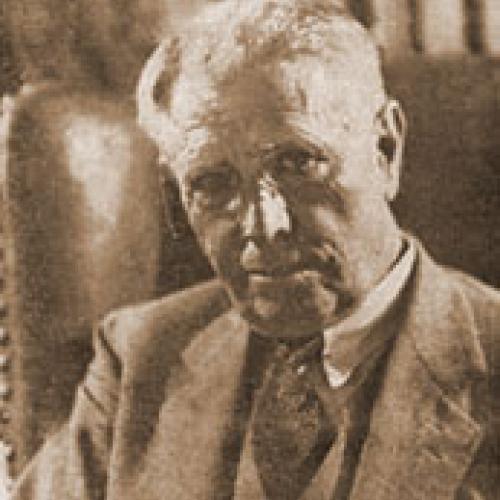
James E. Pearce
Museum Leadership: 1938

